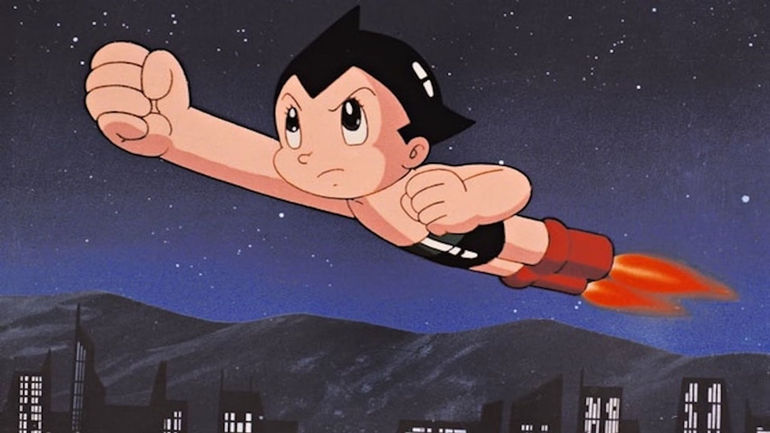
Live-Action Adaptation of Osamu Tezuka's Midnight Manga Shot on iPhone

Experience a 19-minute live-action short film adaptation of Osamu Tezuka's iconic Midnight manga, released on Apple Japan's YouTube channel on Wednesday, Mar. 6, 2024. Dive into the world of Tezuka's masterpiece brought to life in this innovative production.
On Wednesday, March 6, 2024, the late author and illustrator Osamu Tezuka's Midnight manga was adapted into a 19-minute live-action short film. The film was then uploaded to Apple Japan's YouTube channel. The unique aspect of this adaptation was that it was entirely shot on an iPhone 15 Pro, showcasing the capabilities of the device.
In addition to the live-action short film, Apple Japan also released a behind-the-scenes video focusing on the production of the Midnight manga's adaptation. The video highlighted director Takashi Miike's use of various iPhone features for the production, specifically emphasizing the cinematic and action modes. These features played a significant role in the filming process of the short film.
Tezuka’s Midnight manga brought to life with the magic of Apple’s iPhone 15 Pro and its features
The late Tezuka, also known as the “Godfather of Manga” and “God of Manga,” created, wrote, and illustrated the original Midnight manga series. It made its debut in Akita Shoten’s Weekly Shonen Champion magazine in May 1986 and concluded in September 1987. The story revolves around the taxi driver Midnight and the various passengers he encounters.
Twitter article posted by Catsuka
The 19-minute live-action short based on Tezuka's Midnight manga can now be watched for free on Apple Japan's YouTube channel. Fans can also check out a behind-the-scenes video showing how Miike used the iPhone 15 Pro to film the production. Luckily, the video has English subtitles, so fans worldwide can enjoy this adaptation of Tezuka's work.
The behind-the-scenes video is about five minutes in length. It features director Takashi Miike talking about Tezuka's work and legacy, as well as how the iPhone's features were used to bring the work to life. Kento Kaku, who plays the main character, also shares his thoughts in the video.
Twitter article posted by Catsuka
Konatsu Kato played the role of Kaede, while Yukiyoshi Ozawa portrayed an assassin in the short film. In the behind-the-scenes footage, Kato shared that she found it less intimidating to be filmed by an iPhone compared to a traditional professional camera rig. The ending theme song for the film is "Midnight Klaxon Baby" by Thee Michelle Gun Elephant.
The Midnight manga made its debut in Akita Shonen’s Weekly Shonen Champion magazine in May 1986 and concluded in September 1987. The story revolves around a taxi driver named Midnight and the various passengers he encounters. Midnight’s taxi is equipped with a special “fifth wheel” that enables him to navigate any road effortlessly. The live-action short film is based on one of the storylines from Tezuka’s original manga series.
Tezuka is most famous for his groundbreaking techniques and creative reinventions of manga and its genres. Many people see him as the Japanese version of Walt Disney, who greatly influenced Tezuka in his early career.
Related links
Editor's P/S:
This article offers an intriguing glimpse into the intersection of technology and artistic expression. The adaptation of Osamu Tezuka's Midnight manga into a live-action short film using an iPhone 15 Pro showcases the remarkable capabilities of modern smartphones. The behind-the-scenes video provides valuable insights into the creative process, highlighting how the iPhone's features, such as cinematic and action modes, were harnessed to bring Tezuka's vision to life.
It is particularly noteworthy that the film's director, Takashi Miike, was able to utilize the iPhone's camera to capture the essence of Tezuka's work. The use of an iPhone, as opposed to traditional filmmaking equipment, may have allowed for a more intimate and personal approach to the storytelling, enhancing the film's connection with the audience. This adaptation serves as a testament to the transformative power of technology in empowering artists to explore new creative possibilities.







